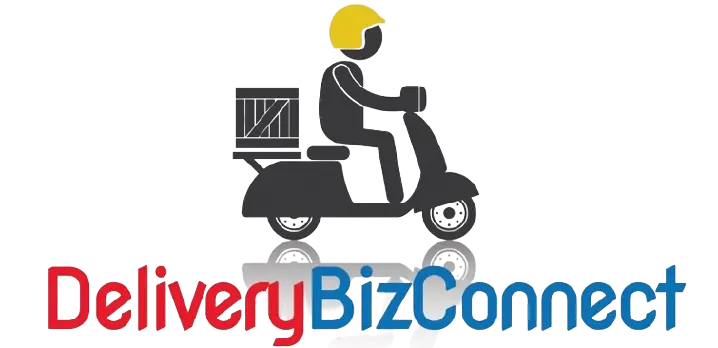The restaurant industry has always been a feast or famine business. Before COVID, if you were full between the hours of 6 and 9, you were a success. While the pandemic has changed some things in the industry, the dinner rush isn’t one of them.
When you used to go into a restaurant, you could see how full the restaurant was, whether there was a lineup or not, and could estimate how long you had to wait. People could gauge whether they wanted to stick it out or go somewhere else. For some, the waiting time even increased the draw to a particular restaurant – making it more exclusive.
While a restaurant’s capacity to cook made-to-order food is the same as it was before the pandemic, the system of reserving a table, being seated, and ordering is not what it once was.
Now instead of making reservations, people are simply pushing buttons on their phone and expecting their food to show up instantaneously. However, that isn’t always the case. Now the lineup is invisible. Instead of patrons, drivers are now lining up and restaurants are scrambling to adapt.
If a third party delivery app is involved, there is a gap between the restaurant itself and the delivery driver. Many of the delivery drivers are there just to make a quick buck and as they don’t have a boss per say, they try to maximize their own profits rather than maximize customer experience. (Not that anyone can blame them for wanting to increase their income, especially during COVID with so many struggling to make ends meet)
Their drive (pun intended) to increase their own profits rather than a mutual win-win situation with restaurants actually decreases the efficiency of the delivery system.
What occurs is a kind of food delivery Wild West. In other words, a mob of delivery drivers stay outside waiting to pick up an order, or when it is cold enough, try to jockey for a spot IN the restaurant! Social distancing rules go out the window in the hunt for a warm waiting spot.
It can get worse as drivers often select few restaurants to accept orders from as they clammer to get the ‘juiciest’ orders while other smaller orders get forgotten or deprioritized.
Not only is this not COVID-friendly but is a terrible way of doing things.
Supply and Demand
Third-party apps try to solve this problem with surge pricing and boot pay, incentivizing drivers to work during non-peak hours or in neighbourhoods that aren’t as busy. While good in theory, they simply end up costing the restaurants and the clients more for the same service.
An economist will tell you that the fairest price for any product is the “equilibrium price” at which consumer demand matches the product’s available supply. If supply increases, the price should go down, but if buyer demand increases, the price should rise.
With this logic, you might pay over a million dollars for a Wayne Gretzky rookie trading card, but only a few cents for an unknown player. Why the price difference?
They are both made up of paper and ink, but one people desperately want (Wayne Gretzky) and are willing to pay an exorbitant amount for, while the other will be totally forgotten about on someone’s shelf.
The controversial practice of surge pricing used by these third-party apps is based on this economic principle of ‘equilibrium pricing’ and fairness – or at least that’s the idea.
It might seem reasonable to pay more for delivery for a peek time but why should someone be punished because they want something at the same time as someone else? Do restaurants charge you for eating dinner at dinnertime? No! Of course not!
This ‘equilibrium pricing’ seems a good deal for a delivery driver, but it also drives up the cost per delivery and what is supposed to be fair is actually unfair for both the restaurant and the consumer.
And here’s the real kicker! It’s still massively inefficient and still causes delays and congestion; it doesn’t actually solve the problem it is supposed to, or at least not in the best possible way.
The solution is far, far easier. And simpler.
How Order Stacking Works
At Delivery Biz Connect, in addition to our low 3.33% Delivery Fee (min. $1.00 Max. $2.50) we allow for something called order stacking which is when a driver can take multiple orders at one time, eliminating time and gas wastage.
It’s a win-win for everybody involved. The driver makes more money, the customer gets their food quicker, and there is less congestion and less confusion at the restaurants and on the roads. Are you a driver and would like to learn more?
We then couple this with Restaurant and Driver Exclusive Delivery slots allowing stacked orders to get even more efficient and profitable for both restaurants and drivers.
Why don’t most other third-party delivery apps allow order stacking, you might ask? It’s simple. They can’t charge their 30% fees per delivery if they make delivery too efficient. And hence doesn’t make their large shareholders too happy.
We, on the other hand, are different. We care about keeping the money in local economies, ensuring a win-win-win situation for all parties.
Most restaurants can stack as many as three orders at once while businesses that do not need to keep their food hot such as a convenience store can do a lot more.
Have more questions about Delivery Biz Connect? You can visit our website at DeliveryBizConnect.com or give us a call at 604-900-2384 ad we’ll be happy to answer your questions.
